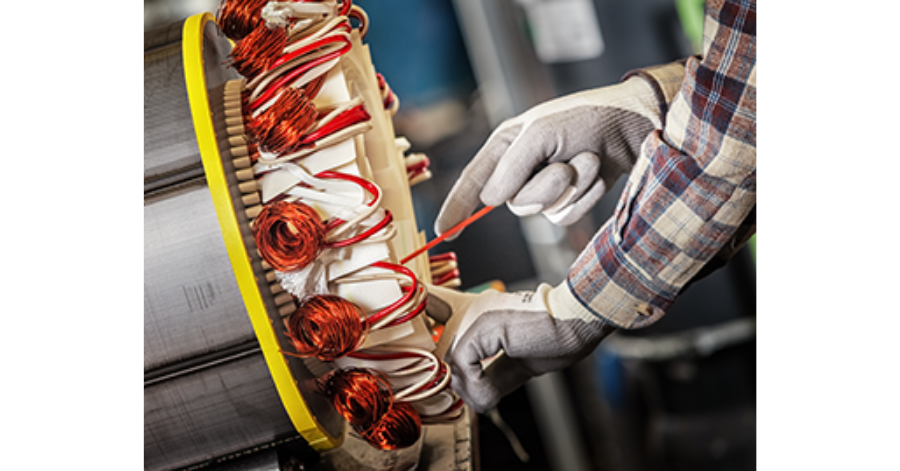The Electrical Apparatus Service Association (EASA) announces the publication of an update to AR200, now titled the Guide for The Repair of Dry-Type Transformers. This guide outlines best practices for the repair of dry-type transformers.
In preparing this update, EASA’s Technical Services Committee reviewed and extensively edited the AR200 guide in support of transformer repair services. The updated version narrows the scope to non-liquid-filled distribution dry-type transformers with high voltage windings up to 69 kV and rated less than 15,000 kVA. These transformers are commonly repaired by EASA Service Center member companies.
The updated Guide describes best repair practices for the testing of transformers to assess the current condition, adequacy of design, and verification of repair results. These practices incorporate various IEEE and IEC Standards. It also details specific practices for rewinding transformer electrical coils. Further, the Guide provides guidance on electrical testing safety practices for repair personnel, referencing applicable NFPA and CSA Standards.
Linda Raynes, EASA President and CEO noted, “While the AR200 Guide was an effort of EASA’s Technical Services Committee and the AR200 Task Force, thanks also go to EASA members who offered their comments and expertise. Besides being helpful to the transformer repair and service efforts in many EASA Service Centers, it continues to position EASA as the definitive source for best practices in the electrical apparatus repair industry.”
Recognized internationally as the leader in the electromechanical sales, service, and repair industry, EASA provides an ongoing flow of industry information and education that helps its 1,700 members worldwide enhance their performance and achieve greater levels of success on behalf of their customers. EASA supports its members through its engineering consultation program, industry-specific training, business information, networking activities, and exclusive technical resources focused on the sale, service, and maintenance of motors, generators, drives, controls, pumps, and other electromechanical equipment.




